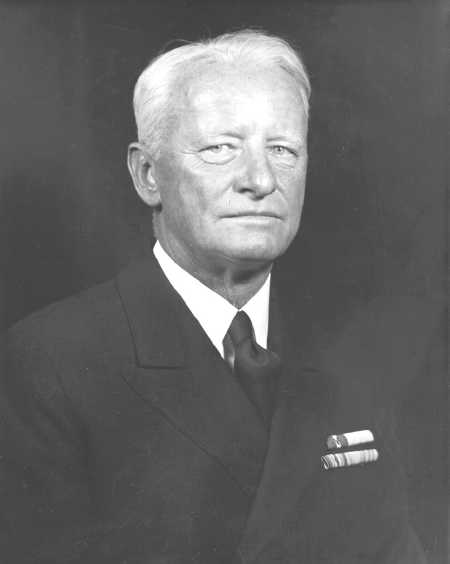| |
While these victories cost the lives of many of
these American fighting men, many unselfish acts
of bravery by men such as O. K. Ingram and
Charles L. Ausburne saved the lives of others.
Those who performed such acts throughout
history gave us one of our most valuable naval
traditions—heroism.
O. K. INGRAM
In October 1917 the destroyer Cassin was
patrolling off the Irish coast. Gunner’s Mate O. K.
Ingram suddenly sighted a German torpedo racing
toward the stern of the Cassin. He realized if the
“fish” struck the vessel where the depth charges
were stowed, the ship would be blown up. Instead
of saving himself, he deliberately rushed aft to
throw the charges overboard. The torpedo found
its mark—and the explosion killed Ingram and
temporarily disabled the ship. But this blue-
jacket’s sacrifice saved his ship and the lives of the
officers and men on board. The destroyer Ingram,
now decommissioned, bore his name.
CHARLES L. AUSBURNE
Another incident that occurred in World War I
contributed to our store of memorable naval
traditions. The transport Antilles, bound for the
United States from Europe in October 1917, was
sunk by torpedo attack. Radio Electrician
Ausburne was at the wireless station frantically
134.132
Figure 2-13.-By his brilliant leadership and skill as a strategist, Admiral Nimitz moved his forces
in the Pacific, from a series of peripheral engagements to strategic encirclement of the enemy,
to cut the enemy’s lines of supply and isolate its land forces.
2-16
|

